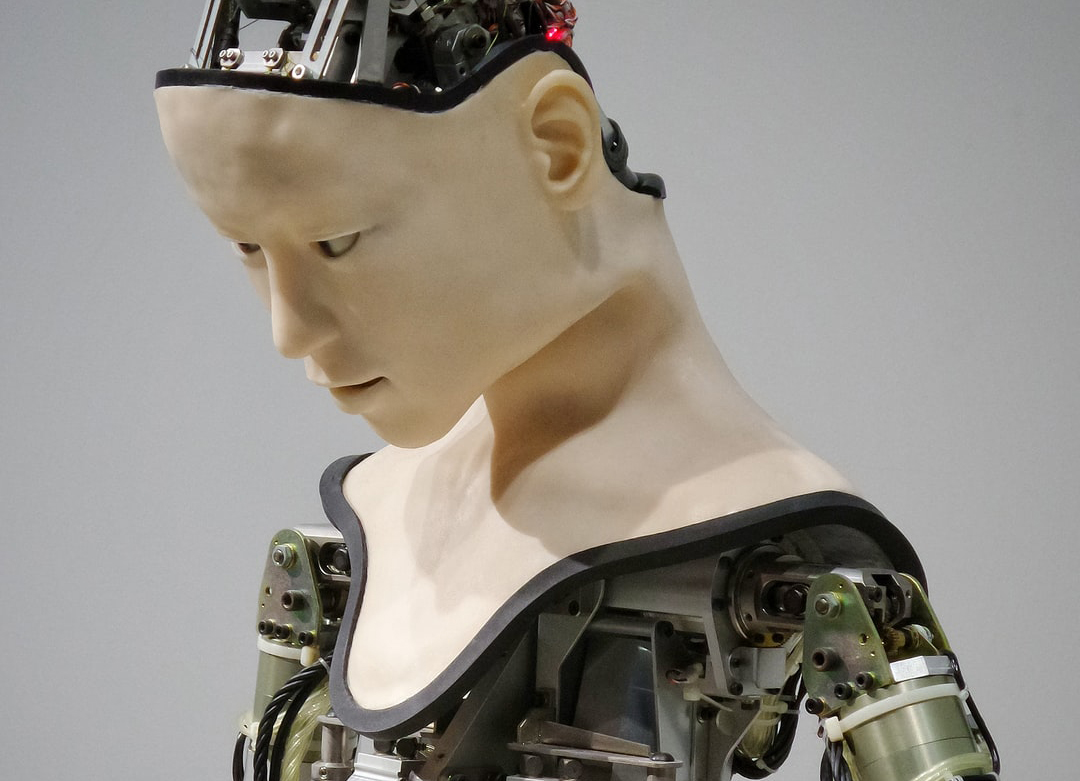
Children in 2077: Designing Children’s Technologies in the Age of Transhumanism
In a future where technology is blended into the human body, what will the children be like?
A transhumanist future possesses a vision where the human and the machine are blended into each other. In such a future, boundaries between technology and users are ambiguous and obscure because the user transforms into the technology. Transhumanists envision that this merger will result in improved senses, physical abilities, emotional capacity and even a longer lifespan. But, what will be the impact of such technologies on children? What will we design for children in such an environment? What are the risks? What opportunities will emerge?
Similar to the majority of transhumanist studies, to understand such a future and reveal the pitfalls and opportunities, we need to imagine. We need to contemplate on technologies, children who use them, their parents, peers, environment, citizens, companies and so on. Design fiction is a method that allows us to project to such futures by drawing on the existing theories and critically reflecting on these different components.
To create a comprehensive portfolio on possible future research projects and their impact on children, we came together as five researchers from four universities, Tampere University, Aarhus University, Koç University and SUNY Buffalo State College. We posted a Call for Abstracts to collect fictional research abstracts from all over the world. As a result, we had 21 authors contributing to this research paper compiled of 13 abstracts focusing on a wide range of topics including adaptation to social structures, natural environments, creativity and production, privacy or security. Many different technological solutions were also speculated such as various types of brain-machine interfaces, matrix-like digital worlds, memory assist technologies, underwater life augmentations, mediator devices between augmented and non-augmented children or new types of games for differently-abled individuals.
The name of this paper is inspired by the upcoming cyberpunk themed game Cyberpunk 2077 which posits a future under the influence of transhumanist technologies. You can read the whole alt.CHI paper from the link below.
Children in 2077: Designing Children’s Technologies in the Age of Transhumanism
Oğuz ‘Oz’ Buruk, Oğuzhan Özcan, Gökçe Elif Baykal, Tilbe Göksun, Selçuk Acar, Güler Akduman, Mehmet Aydın Baytaş, Ceylan Beşevli, Joe Best, Aykut Coşkun, Hüseyin Uğur Genç, A. Baki Kocaballı, Samuli Laato, Cassia Motta, Konstantinos Papangelis, Marigo Raftopoulos, Richard Ramchurn, Juan Sadaba, Mattia Thibault, Annika Wolff, Mert Yıldız
Reference: CHI EA ’20: Extended Abstracts of the 2020 CHI Conference on Human Factors in Computing Systems. April 2020. Pages 1–14. doi: 10.1145/3334480.3381821
See the paper for full details:
Abstract
What for and how will we design children’s technologies in the transhumanism age, and what stance will we take as designers? This paper aims to answer this question with 13 fictional abstracts from sixteen authors of different countries, institutions and disciplines. Transhumanist thinking envisions enhancing human body and mind by blending human biology with technological augmentations. Fundamentally, it seeks to improve the human species, yet the impacts of such movement are unknown and the implications on children’s lives and technologies were not explored deeply. In an age, where technologies such as under-skin chips or brain-machine interfaces can clearly be defined as transhumanist, our aim is to reveal probable pitfalls and benefits of those technologies on children’s lives by using the power of design fiction. Thus, main contribution of this paper is to create diverse presentation of provocative research ideas that will foster the discussion on the transhumanist technologies impacting the lives of children in the future.




Sorry, the comment form is closed at this time.